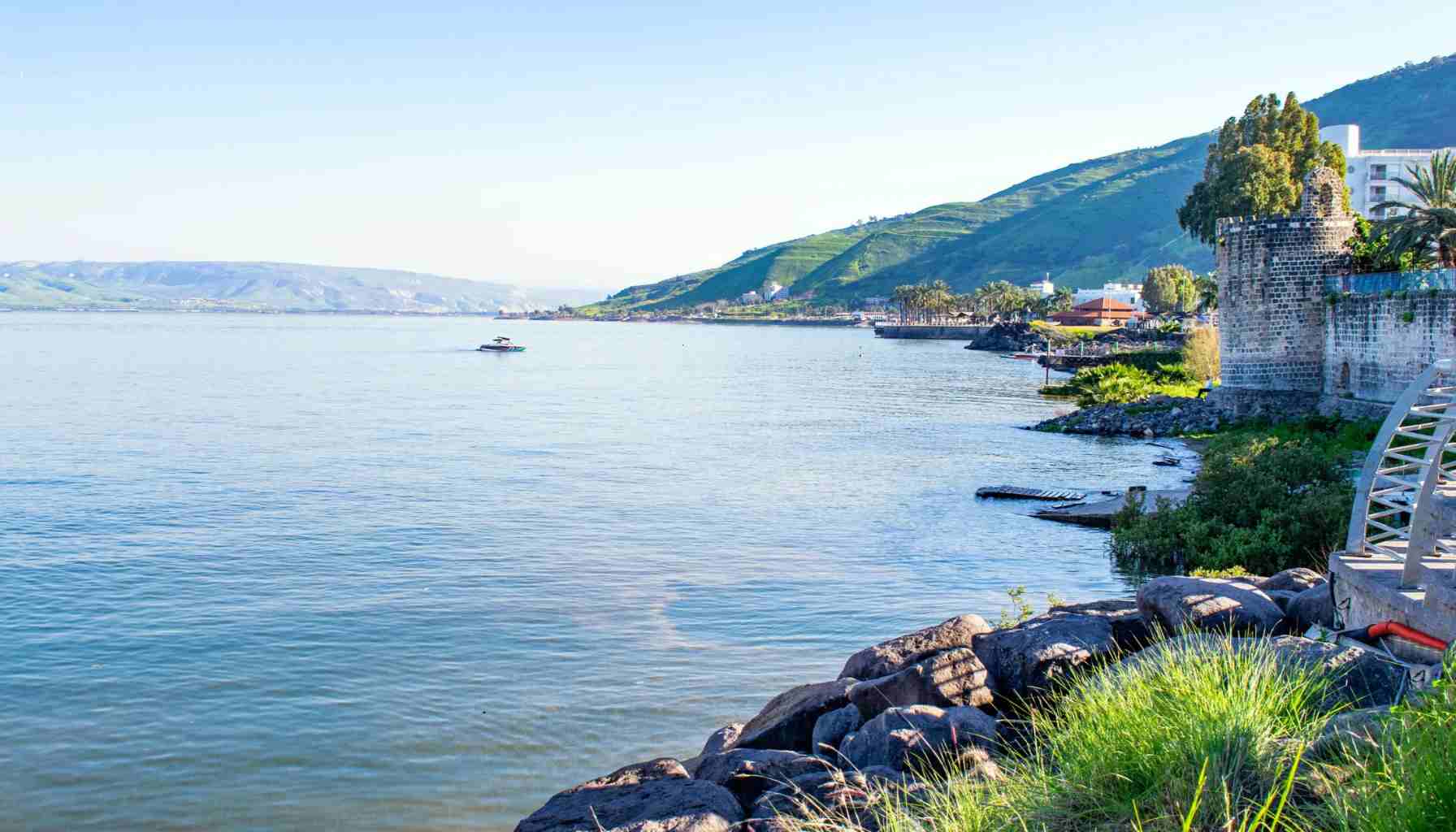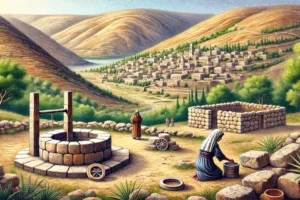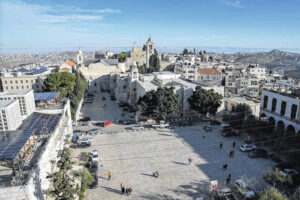
The Sea of Galilee
The Sea of Galilee, also known as Lake Kinneret, is a freshwater lake of significant historical and religious importance. Here are some quick facts about this notable body of water:
- Location: The Sea of Galilee is situated in northeastern Israel, within the Jordan Rift Valley. It is surrounded by the Golan Heights to the east and Galilee to the west.
- Size and Depth: It is approximately 21 kilometers long and 13 kilometers wide, with a maximum depth of around 43 meters, making it the lowest freshwater lake on Earth.
- Biblical Significance: The lake is renowned for its numerous mentions in the New Testament, where many of Jesus’ miracles occurred, including walking on water, calming a storm, and the miraculous catch of fish.
- Source and Outlet: The Jordan River is the main source of the Sea of Galilee, entering from the north and exiting to the south, continuing its course toward the Dead Sea.
- Economic Importance: Historically, the lake has been a crucial source of fishing for local communities. Today, it is also vital for water supply and tourism in Israel.
- Ecological Aspect: The Sea of Galilee supports a variety of aquatic life and serves as an important habitat for various species of fish, some of which are of great biblical interest, like the St. Peter’s fish.
The Sea of Galilee, also known as Lake Kinneret, is not only a central feature of the geographical landscape of northeastern Israel but also a pivotal element in biblical narratives and contemporary regional dynamics. This comprehensive analysis explores its historical, theological, and ecological significance, as well as its impact on local economies and cultures.

Historical and Geographical Context
The Sea of Galilee is situated in the Jordan Rift Valley, bordered by the Golan Heights to the east and the Galilean hills to the west. Its position below sea level makes it the lowest freshwater lake on Earth. The lake is fed primarily by the Jordan River, which enters from the north and exits to the south, eventually flowing into the Dead Sea.
Biblical Significance
In the Christian tradition, the Sea of Galilee is synonymous with the ministry of Jesus. It is the setting for numerous events in the New Testament:
- Miracles: The lake is where Jesus performed many of his miracles, including walking on water (Matthew 14:22-33), calming a storm (Mark 4:35-41), and the miraculous catch of fish (Luke 5:1-11).
- Teachings: Jesus often taught from a boat on the lake to the crowds along the shore, utilizing the natural acoustics created by the surrounding hills.
- Apostles: Many of Jesus’ disciples were fishermen on the Sea of Galilee, which underscores the lake’s role in their everyday lives and their following of Jesus.
These narratives have not only theological implications but also enhance the spiritual significance of the region, drawing countless pilgrims and tourists interested in the life and ministry of Jesus.
Ecological and Economic Aspects
Ecologically, the Sea of Galilee supports diverse species of flora and fauna, which are crucial for maintaining the ecological balance of the region. The lake is renowned for its fish, particularly the St. Peter’s fish (Tilapia), which is a popular delicacy. The health of these species is vital for the local fishing industry, historically and currently.
Economically, the lake plays a vital role in supporting local economies. It is crucial for:
- Fishing: The fishing industry, though diminished from its biblical-era prominence, still contributes to the local economy.
- Water Supply: The lake is a significant freshwater resource for Israel, contributing substantially to the national water supply, especially in times of drought.
- Tourism: Tourism is a major economic driver, with many visitors coming to see the sites of Jesus’ miracles and to experience the serene beauty of the lake.
Contemporary Challenges
Today, the Sea of Galilee faces several challenges:
- Water Levels: Overuse and periods of drought have affected water levels, sometimes triggering conservation measures.
- Ecological Balance: Maintaining ecological balance while supporting both tourism and local industry is an ongoing challenge.
- Political Context: Being located near several geopolitical borders, the management of the lake’s resources is also influenced by regional politics and agreements.
Conclusion
The Sea of Galilee remains a symbol of cultural heritage, historical continuity, and natural beauty. Its role in biblical history enriches its significance, making it a unique intersection of faith, culture, ecology, and economics. This multi-dimensional relevance ensures that the Sea of Galilee continues to be a key point of interest and importance in the region.



